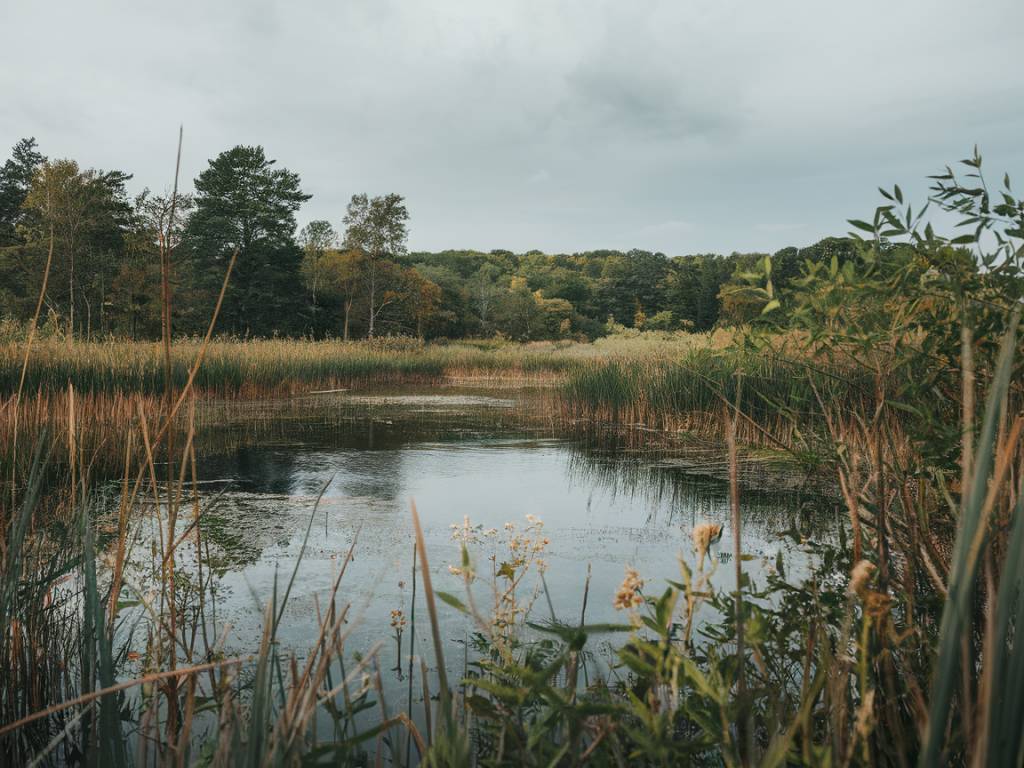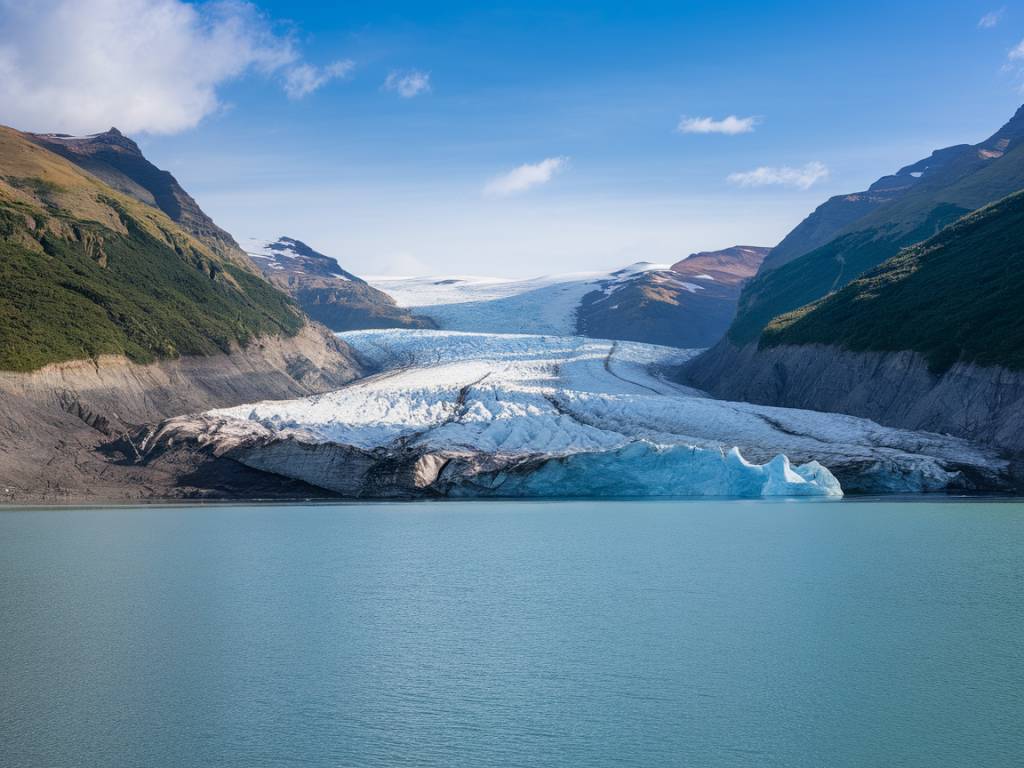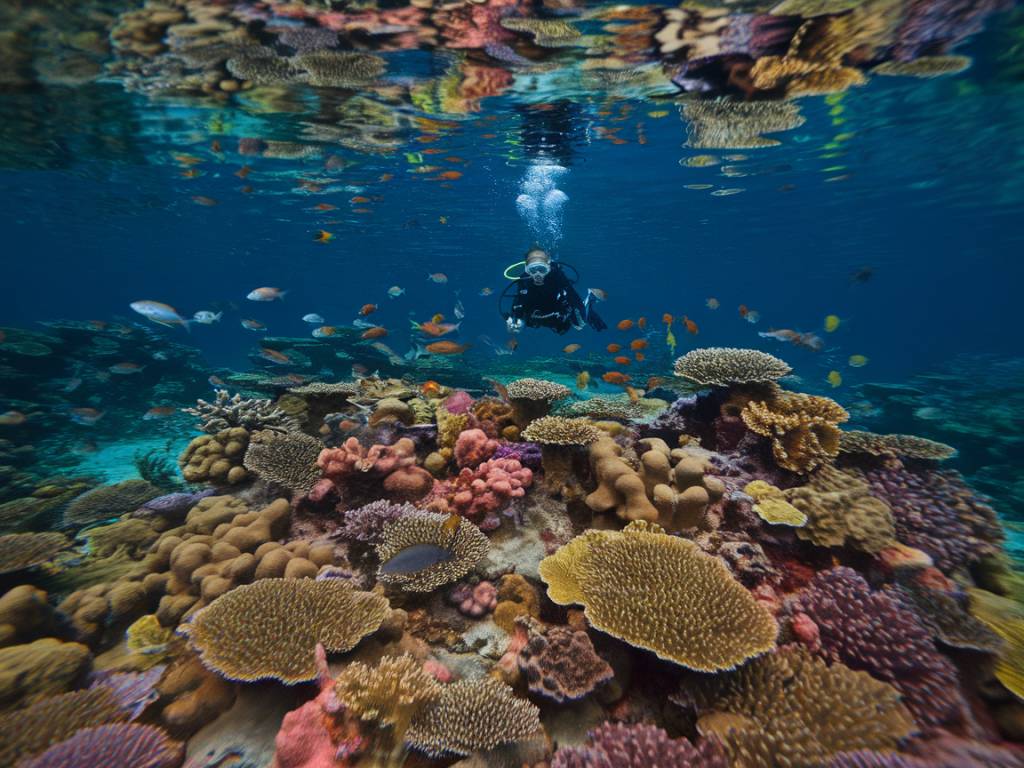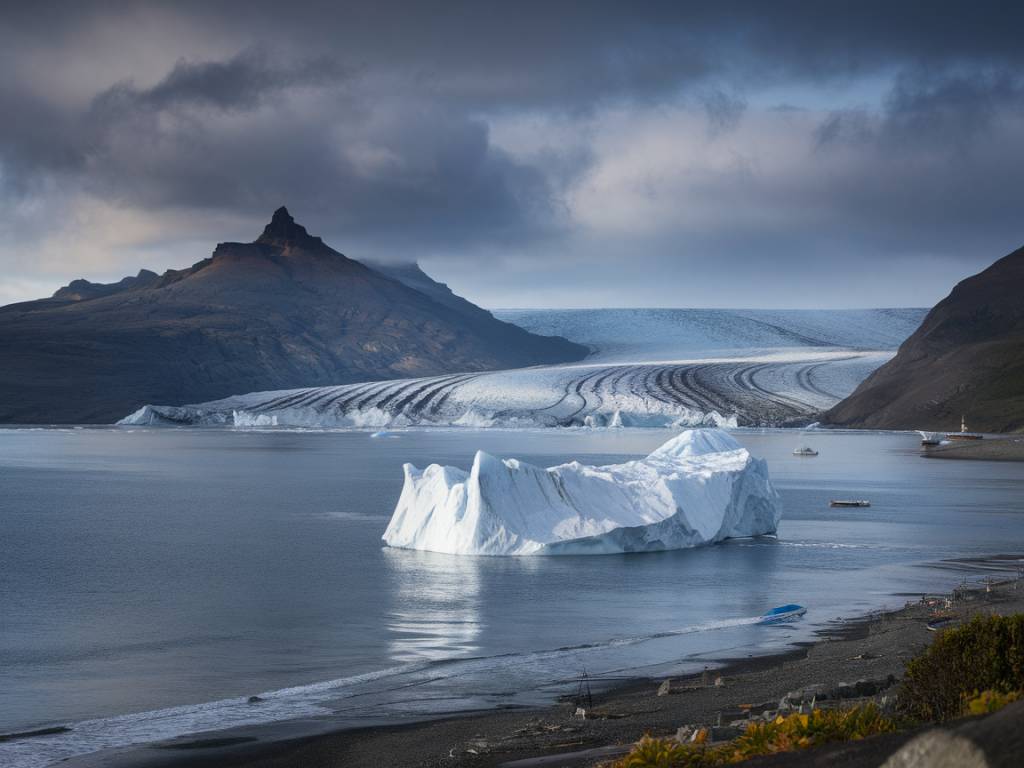The Vital Role of Wetlands in Our Battle Against Climate Change
When most people think about climate change solutions, their minds might drift to renewable energy, afforestation, or electric vehicles. But what if I told you there’s an underappreciated hero quietly working in the background, persistently protecting our planet? Welcome to the world of wetlands.
Understanding Wetlands: Nature’s Surprising Ally
Wetlands are often imagined as dreary, mosquito-infested swamps, but these ecosystems are extraordinarily diverse and dynamic. Spanning marshes, bogs, swamps, and even mangroves, wetlands bridge the gap between terrestrial and aquatic environments. They are home to a variety of plants and animals uniquely adapted to life in saturated soils.
Wetlands only cover about 6% of the Earth’s surface, yet these underestimated ecosystems play a significant role in the quest to mitigate climate change. Do you ever wonder how these overlooked landscapes contribute to cooling down our overheating planet?
Natural Carbon Sinks: Trapping More Than Meets the Eye
Much like our global forests, wetlands act as important carbon sinks. Impressively, they sequester carbon at rates far surpassing those of forests. Inside their waterlogged soils, carbon is stored for centuries. This is primarily due to slower decomposition rates in anaerobic (low-oxygen) conditions, meaning less carbon dioxide is released back into the atmosphere.
For instance, peatlands, a type of wetland, cover just 3% of the land but store more than twice the carbon stored in all the world’s forests combined. Sit back and ponder that fact for a moment. Peatlands are essentially the world’s giant sponge, absorbing carbon emissions and keeping climate change at bay.
Flood Protection: A Natural Buffer
Another powerful facet of wetlands is their ability to act as natural buffers. Wetlands absorb excessive rainfall and slowly release it, thereby reducing the severity of floods—a climate-related calamity increasing in frequency and intensity. Wetlands are basically nature’s sponge, soaking up excess water and protecting communities downstream from disastrous flooding. Isn’t it interesting how nature provides solutions more efficient than any engineered structure?
Biodiversity Hotspots: Preserving Life During Environmental Shifts
Wetlands are biodiversity hotspots, offering refuge and sustenance to a plethora of species. They provide breeding grounds for fish, nesting sites for birds, and critical habitats for a myriad of other organisms. This biological cornucopia helps sustain vital ecosystem services, such as nutrient cycling and waste decomposition.
However, as climate change alters the natural habitat, many species face displacement. Wetlands can serve as much-needed sanctuaries, providing resilient ecosystems that help support species adaptation and survival. Could you imagine a world without the wide array of species found in these habitats?
Water Filtration: Nature’s Brita
Wetlands possess remarkable water filtration capabilities. Acting like Earth’s very own Brita filter, wetlands remove pollutants, excess nutrients, and sediments from water. This natural purification process mitigates the effects of agricultural runoff, reducing eutrophication—a direct result of excessive nutrient loads that lead to « dead zones » in water bodies.
By improving water quality, wetlands enhance ecosystem health and resilience to climate-related stressors. Isn’t it fascinating how wetlands, while combating climate change, simultaneously ensure freshwater ecosystems remain thriving and vibrant?
Challenges: Wetlands Under Siege
Despite their invaluable contributions, wetlands are vanishing at an alarming rate. According to estimates, we have lost about 64% of the world’s wetlands since 1900. Facing threats like urban development, pollution, and agriculture, wetlands are at risk of degradation and destruction.
The paradox is that while we rely on wetlands to combat climate change, human activities, exacerbated by climate shifts, continue to threaten these ecological powerhouses. So, what can we do to reverse this trend and empower wetlands in their fight against climate change?
A Call to Protect and Restore: It’s Now or Never
Preservation and restoration efforts are vital. By ensuring legal protection for existing wetlands and prioritizing the restoration of degraded ones, we can enhance their natural carbon sequestration capacities. Communities, governments, and NGOs must collaborate to promote sustainable practices and raise awareness about the critical importance of wetlands. Restoring these ecosystems doesn’t just benefit biodiversity—it’s a strategic and effective approach to climate mitigation.
Conclusion
In a world confronted with climate uncertainties, wetlands offer a beacon of hope. They are multifunctional ecosystems silently providing climate solutions that are as humble as they are profound. Our challenge is to recognize their immense value and to act accordingly, fostering a future where wetlands are cherished and protected allies in our global environmental quest.
So next time you witness a marshy landscape or hear the croak of a frog by a bog, remember the monumental role these ecosystems play in shaping a livable future. Isn’t it high time we give wetlands the spotlight they deserve?




